CNC machining services forUSA
Request your premium-grade components
Our CNC machining services, in USA , makes precision parts for your requiements.

Welcome to DongGuan ChengYang, a premier machining service provider specializing in CNC machining services for Michigan. With years of experience and expertise in the industry, we pride ourselves on delivering high-quality precision machining solutions to meet the diverse needs of our clients in Michigan.
Our state-of-the-art facility is equipped with advanced CNC machinery and a team of skilled machinists who are dedicated to providing exceptional craftsmanship and superior service. Whether you require prototyping, production runs, or custom machining, we have the capabilities to bring your project to life with precision and efficiency.
At DongGuan ChengYang, we understand the importance of meeting deadlines and maintaining strict quality standards. That's why we strive to exceed our clients' expectations with every project we undertake. Contact us today to learn more about our CNC machining services for Michigan and how we can help bring your vision to reality.
CNC Machining services
Dongguan Chengyang utilizes a full suite of CNC milling equipment—including 3-axis, 4-axis, and 5-axis CNC milling machines, permits us to optimally machining component ranging from fundamental to complex.
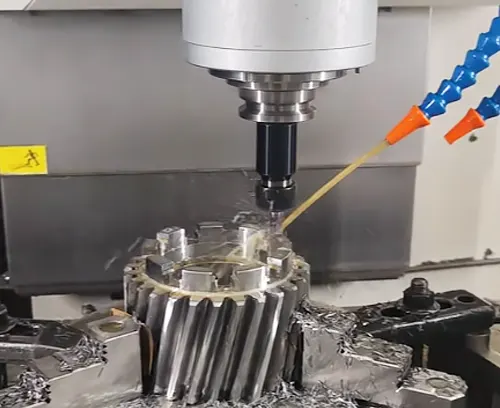
CNC Milling
Machining with precision using CNC equipment, meeting customer needs with efficient, high-quality part production.
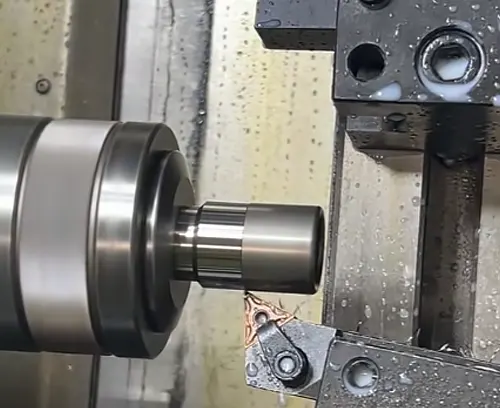
CNC Turnning
Our CNC lathes, turning centers, and mill-turn equipment enable us withhigh quality to construct a broad range of components for every end user.
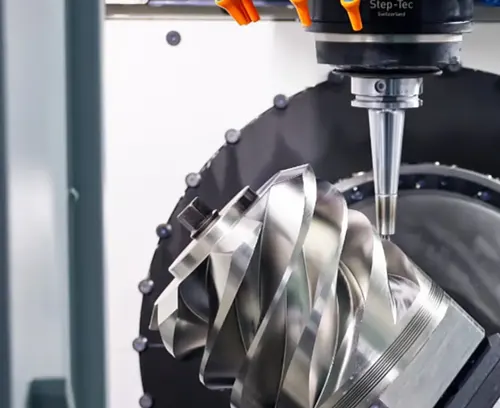
5 Axis CNC Milling
Offer 5-axis machining technology for intricate and precision-engineered components. Featuring faster machining, it's perfect for exquisite designs.

Precision Machining
Provide expert machining solutions by combining several production phases to improve workflow, consistency, and reduce turnaround time, assuring efficient, top-level manufacturing performance.
Capabilities
Maximum Dimensions
2000mm x 1500mm x 800mm or 78.7 x 59 x 31.5 inches.
Maximum Dimensions
2000mm x 1500mm x 800mm or 78.7 x 59 x 31.5 inches.
Support Threading
Prefer Metric Threads, Also Support UNC and UNF threads.
Wall Thickness
Generally, a workable minimum wall thickness is 0.5mm for metals and 1.0mm for plastics.
Material Available
Metals: Aluminum, Copper, Brass, Bronze, Stainless Steel, Carbon Steel, Steel Alloy, Titanium, and plastic, etc .
Tolerances
Dimension: Depends on the size and material, generally +/- 0.01mm or 0.0004 inches
Common CNC DFM
Applying DFM early allows manufacturers to streamline workflows and cut unnecessary expenses.

Sharp Corner

Undercut

Undercut

Thick Walls

Tolerance Guide

Small Hole

Narrow Area
Metal Materials
We offer instant quotes for over 100 metals and help compare processing material costs.We provide fast quotes on over 100 metal types and help you evaluate material processing costs.
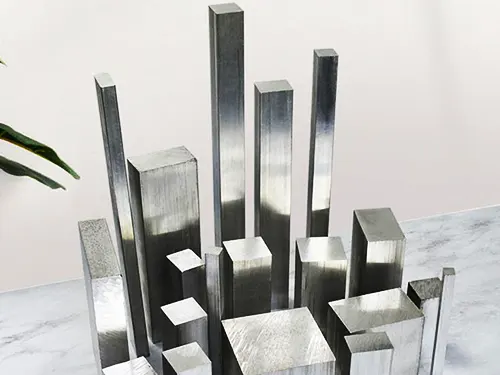
Aluminum
Aluminum is a commonly used material in CNC machining due to its excellent machinability, thermal conductivity, and corrosion resistance properties. It is lightweight yet strong, making it ideal for a wide range of applications in various industries. Some common types of aluminum materials used in CNC machining include 6061 aluminum, known for its versatility and weldability; 6063 aluminum, preferred for its extrudability and formability; and 7075 aluminum, prized for its high strength-to-weight ratio and stress-corrosion resistance. These aluminum alloys are widely chosen for their durability and ease of machining, making them popular choices for CNC machining projects that require precision and reliability.
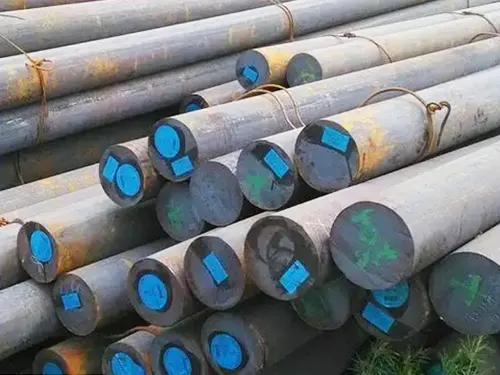
Carbon Steel
Carbon Steel is a popular material used in CNC machining due to its strength, durability, and affordability. It is an alloy of iron and carbon, typically containing less than 2% carbon by weight. Carbon steel can be easily machined, making it ideal for producing a wide range of parts and components. Common types of carbon steel used in CNC machining include AISI 1018, AISI 1020, and AISI 1045. These materials are known for their excellent weldability, machinability, and strength properties, making them suitable for a variety of applications in industries such as automotive, aerospace, and manufacturing. With proper customization and precision machining techniques, carbon steel components can meet specific requirements for quality, functionality, and performance.
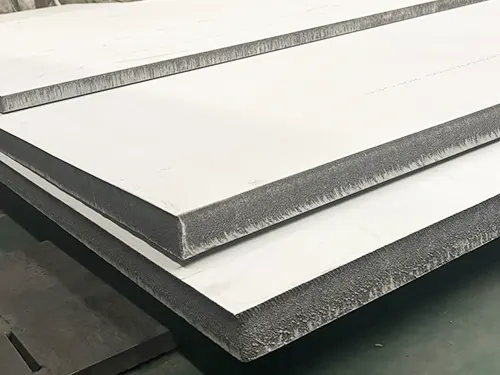
Stainless Steel
Stainless steel is a highly durable and corrosion-resistant material that is commonly used in CNC machining. It is a type of steel alloy containing at least 10.5% chromium, which forms a protective layer on the surface, preventing rust and corrosion. Some common types of stainless steel used in CNC machining include 303 stainless steel, known for its excellent machinability and corrosion resistance; 304 stainless steel, which is versatile and widely used in various industries; and 316 stainless steel, valued for its superior corrosion resistance, particularly in harsh environments. Other popular types include 17-4 stainless steel, known for its high strength and hardness, and 410 stainless steel, which offers good heat resistance and high strength properties.
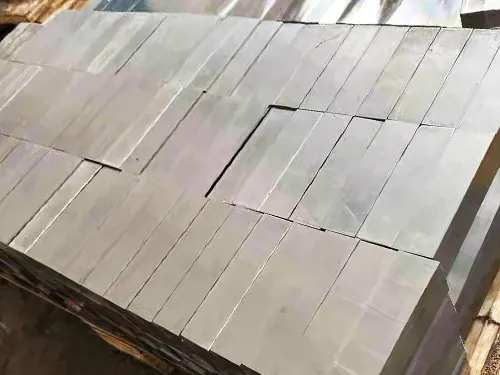
Tool Steel
Tool steel is a specific type of steel that is specially designed for use in cutting tools, molds, and dies in CNC machining. It is known for its high hardness, excellent wear resistance, and superior toughness. Some common types of tool steel used in CNC machining include D2 tool steel, A2 tool steel, M2 tool steel, O1 tool steel, and S7 tool steel. D2 tool steel is a versatile material with high wear resistance, A2 tool steel is known for its high toughness, M2 tool steel is preferred for its high-speed cutting ability, O1 tool steel is great for precision work, and S7 tool steel is used for impact resistance applications. Each type of tool steel has unique properties that make it suitable for specific applications in CNC machining.
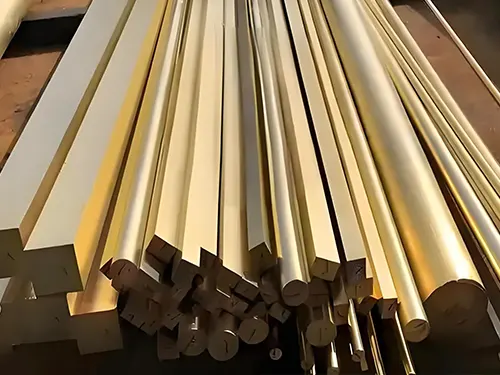
Brass
Brass is a widely used material in CNC machining due to its excellent machinability and corrosion resistance properties. It is an alloy made primarily of copper and zinc, with varying proportions depending on the desired characteristics. Common types of brass used in CNC machining include C36000 (free machining brass), C46400 (naval brass), and C38500 (architectural bronze). Brass is often chosen for components that require high precision and a polished finish, such as fittings, valves, and gears. Its favorable mechanical properties and aesthetic appeal make it a popular choice for various industrial applications. Additionally, brass is known for its electrical conductivity, which makes it suitable for electronic components in CNC machining.
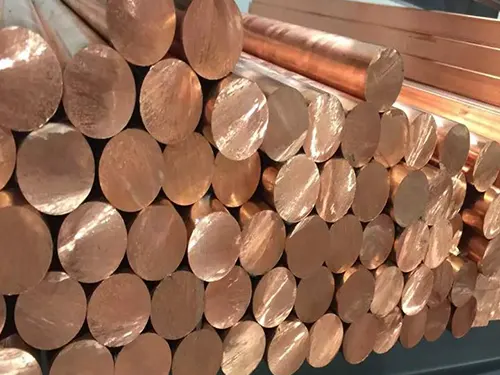
Copper
Cooper is a vital material used in CNC machining due to its excellent properties such as high thermal conductivity, corrosion resistance, and malleability. Common types of Cooper materials used in CNC machining include C110, C145, and C172. C110, also known as electrolytic tough pitch (ETP) copper, is widely used for electrical applications due to its high electrical conductivity. C145, or free-cutting tellurium copper, is ideal for parts that require extensive machining. Lastly, C172, also known as Beryllium Copper, is known for its high strength and hardness, making it suitable for applications in aerospace and oil drilling industries. These Copper materials play a crucial role in CNC machining by offering a range of properties to meet various machining requirements.

Titanium
Titanium is a popular material used in CNC machining due to its high strength-to-weight ratio, excellent corrosion resistance, and biocompatibility. It is commonly used in industries such as aerospace, medical devices, and automotive. There are several types of titanium alloys that are commonly used in CNC machining, including Grade 5 titanium (also known as Ti-6Al-4V), Grade 2 titanium, and Grade 9 titanium. Each of these alloys has its own unique properties and is chosen based on the specific requirements of the part being manufactured. Grade 5 titanium is the most widely used titanium alloy in CNC machining due to its high strength and heat resistance. Grade 2 titanium is known for its high corrosion resistance, making it ideal for medical devices and marine applications. Grade 9 titanium offers a good balance of strength, ductility, and weldability, making it a versatile option for a variety of CNC machining applications.
Plastic Materials
We offer instant quotes for over 200 plastics and help compare processing material costs.
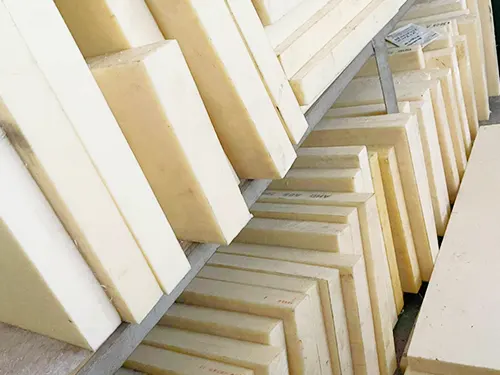
ABS
ABS, or acrylonitrile butadiene styrene, is a common thermoplastic polymer used in CNC machining due to its strong impact resistance and durability. Its advantages include excellent strength-to-weight ratio and high machinability, making it ideal for producing prototypes or functional parts. However, ABS can be prone to warping during the cooling process, leading to dimensional inaccuracies in the final product. Additionally, ABS is sensitive to high temperatures, which can cause it to degrade and release harmful fumes. Despite these drawbacks, ABS remains a popular choice in CNC machining for its versatility and affordability, offering a good balance between strength and flexibility for a wide range of applications.
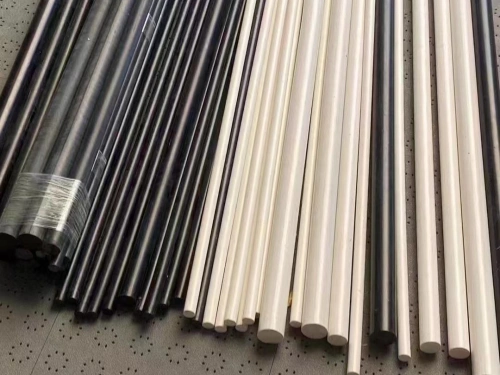
PMMA
PMMA, also known as Polymethyl Methacrylate, is a widely used material in CNC machining due to its excellent machinability and transparency. It is commonly used to create prototypes, signage, and lighting fixtures in various industries. One of the main advantages of using PMMA for CNC machining is its ability to achieve intricate details and complex shapes with high precision. Additionally, PMMA is a lightweight and durable material that offers good resistance to impact and environmental factors. However, one major disadvantage of PMMA is its susceptibility to scratches and cracks, which can affect the overall appearance and functionality of the final product. Despite this drawback, PMMA remains a popular choice for CNC machining due to its versatility and cost-effectiveness.
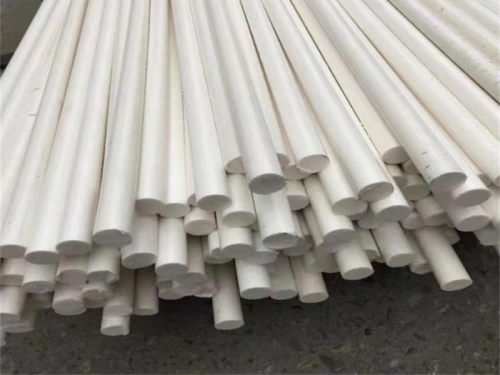
PE
PE, or Potential Energy, is a crucial factor in CNC machining as it determines the amount of work that can be performed by the machinery. One of the main advantages of optimizing PE in CNC machining is increased efficiency and productivity. By calculating and controlling the PE levels properly, manufacturers can ensure smoother operations, reduced downtime, and improved overall performance. However, a potential disadvantage of focusing too much on PE is the risk of overloading the machines, leading to premature wear and tear or even breakdowns. It is important for CNC operators to strike a balance between maximizing PE for optimal performance and preventing excessive strain on the equipment to avoid costly repairs and downtime.
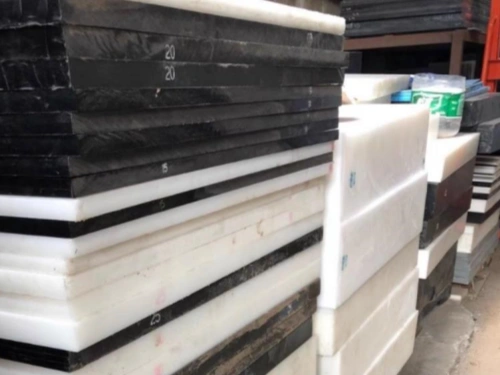
Nylon
Nylon is a popular choice for CNC machining due to its excellent durability and versatility. It is known for its high chemical resistance, low friction coefficient, and superb wear resistance, making it ideal for producing parts that require strength and impact resistance. Nylon also has a low moisture absorption rate, which helps to maintain its dimensional stability and strength in various environments. However, one disadvantage of nylon in CNC machining is its tendency to absorb moisture, which can lead to dimensional changes and affect the accuracy of the final product. Additionally, nylon can be challenging to machine due to its tendency to generate heat and produce burrs. Overall, despite its drawbacks, nylon remains a commonly used material in CNC machining for its many advantages.
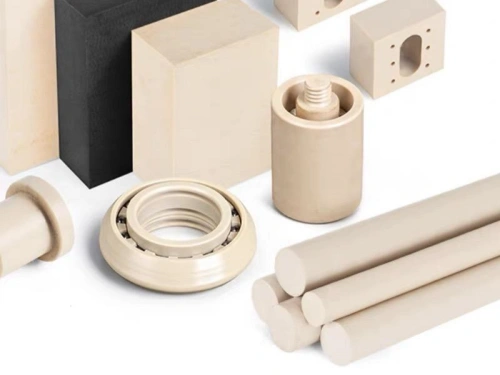
PEEK
PEEK, or polyether ether ketone, is a high-performance polymer that is often used in CNC machining for its exceptional properties. One of the main advantages of PEEK is its high temperature resistance, making it ideal for applications where heat and chemical resistance are crucial. PEEK also has high strength and stiffness, making it a popular choice for creating complex and precise parts. However, one disadvantage of PEEK is its high cost compared to other materials, which can make it less accessible for some projects. Additionally, PEEK can be challenging to machine, requiring expertise and specialized equipment. Overall, PEEK offers a unique combination of properties that make it a valuable material for CNC machining, despite its drawbacks.
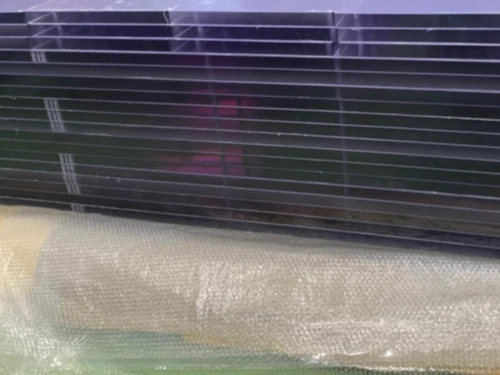
PC
PC for CNC machining stands for Personal Computer for Computer Numerical Control machining. This technology allows operators to input precise instructions into a computer system, which then controls the movement of tools and machinery to produce highly accurate and complex parts. One advantage of using a PC for CNC machining is the ability to quickly and easily make changes to the design or program without having to manually adjust the machinery. This flexibility enables manufacturers to produce prototypes and customized parts with minimal downtime. However, one disadvantage is the initial investment required to set up and maintain the PC and software. Additionally, operators must have a solid understanding of computer programming to effectively utilize CNC machining technology.
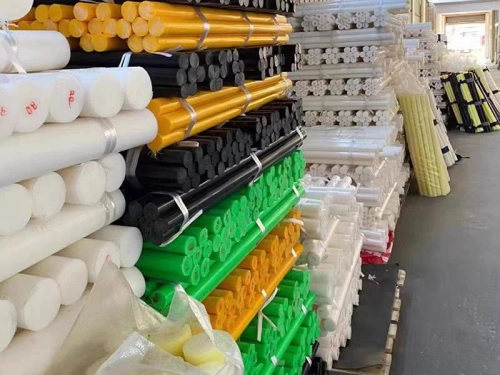
PP
PP, or Polypropylene, is a commonly used material in CNC machining. Its advantages include high chemical resistance, low cost, and good dimensional stability. PP is also lightweight and easy to machine, making it ideal for a variety of applications. However, PP can be difficult to bond or paint, which limits the finishing options available. Additionally, it has a relatively low heat deflection temperature, so it may not be suitable for high-temperature applications. Overall, PP is a versatile material with many benefits for CNC machining, but it is important to consider its limitations when choosing a material for a project.
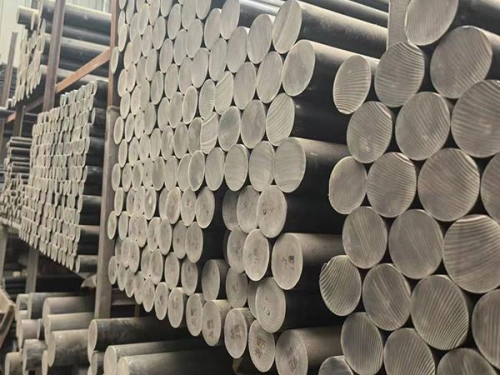
PET
PET, or Polyethylene Terephthalate, is a commonly used material in CNC machining. Its advantages include high strength, flexibility, and resistance to chemicals and moisture. PET is also easily recyclable, making it an environmentally friendly choice for manufacturing processes. However, PET may have a tendency to warp when exposed to high temperatures during machining, causing inaccuracies in the final product. Additionally, PET is not as heat resistant as other materials, limiting its use in high-temperature applications. Despite these drawbacks, PET remains a popular choice for CNC machining due to its affordability, versatility, and overall durability, making it a valuable option for a wide range of industries.
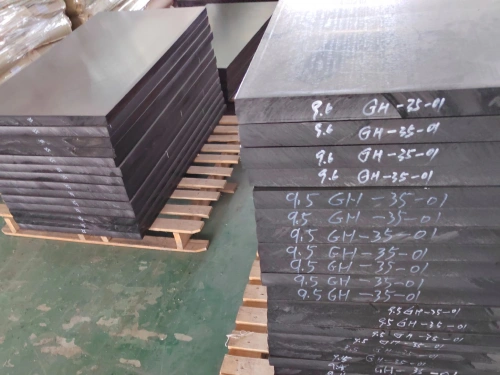
POM
POM, or Programmed Operator Machine, is a critical component in CNC machining. This technology allows operators to write programs using code that instruct machines on how to perform specific tasks. The main advantage of POM in CNC machining is its ability to streamline the production process and increase efficiency. By automating tasks and reducing human error, POM helps improve accuracy and consistency in manufacturing. However, a potential drawback of POM is the initial investment required to implement the technology and train operators on how to use it effectively. Additionally, some may argue that the reliance on POM can lead to reduced job opportunities for manual operators. Despite these drawbacks, the advantages of POM in CNC machining far outweigh the disadvantages, making it an essential tool in modern manufacturing processes.
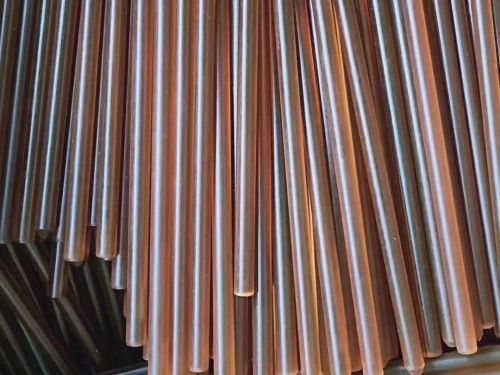
PVC
PVC, or polyvinyl chloride, is a common thermoplastic material used in CNC machining. Its advantages include being lightweight, cost-effective, and easy to machine. PVC also exhibits good chemical resistance and electrical insulation properties, making it suitable for a wide range of applications in various industries. However, PVC does have some disadvantages. It is prone to warping and may release toxic fumes when heated during machining, requiring proper ventilation and safety precautions. Additionally, PVC has lower mechanical strength compared to other engineering plastics, limiting its use in high-stress applications. Overall, PVC is a versatile material for CNC machining with its own set of advantages and disadvantages to consider for specific project needs.
Surface Finishes
Rely on our experienced team for all your product surface treatment requirements.
| Name | Description | Materials | Color | Texture | More |
|---|---|---|---|---|---|
| Brushing | Brushing is the act of using a toothbrush to clean teeth and gums. It helps remove plaque, bacteria, and food particles that can lead to tooth decay and gum disease. It is recommended to brush twice a day for optimal oral health. |
Aluminum, Brass, Stainless Steel, Steel, ABS,etc | N/A | Satin | |
| Sand Blast | Sandblasting is a method used to clean or etch surfaces by propelling fine bits of material at high speeds. It is commonly used in industrial settings for cleaning, rust removal, and surface preparation. |
All Metal Materials, Plastic | N/A | Matte | |
| Tumbling | Tumbling is a form of gymnastics that involves performing acrobatic moves such as somersaults, flips, and twists. It requires strength, flexibility, and coordination to execute these movements safely and effectively. |
All Materials | N/A | Smooth, Matte | |
| Polishing | Polishing is a finishing process that smooths and enhances the surface of an object, typically using abrasives and compounds. It removes imperfections, creates a glossy finish, and improves durability. |
All Materials | N/A | Smooth | |
| Anodizing | Anodizing is an electrochemical process that enhances the surface of metal, typically aluminum, by creating a protective oxide layer. This layer improves corrosion resistance, durability, and can also provide decorative finishes. |
Aluminum, Titanium | Clear, Yellow, Green, Blue, Black, etc |
Smooth, matte finish. | |
| Painting | Painting is a visual art form where colors and shapes are used to create an expressive or decorative image on a surface. It encompasses various techniques and styles, allowing artists to convey emotions, ideas, and messages through the use of color, composition, and brushstrokes. |
All Materials | Clear, Yellow, Green, Blue, Black, Multiple | Gloss, semi-gloss, flat, metallic, textured | |
| Black Oxide | Black oxide is a surface conversion coating that provides corrosion resistance and a dark, black appearance to metals such as steel and iron. The process involves a chemical reaction that forms a thin layer of black metal oxide on the surface, improving both aesthetics and durability. |
Steel, Stainless Steel | Black | Smooth, matte | |
| Electroplating | Electroplating is a process where a metal coating is applied to a conductive surface through the use of electric current. This technique is commonly used to improve the appearance or prevent corrosion on various objects. |
Aluminum, Steel, Stainless Steel | Gold, Silver, Nickel, Copper, Brass, Zinc, Chrome | Smooth, glossy finish | |
| Powder Coating | Powder coating is a dry finishing process used to apply a thin, durable layer of color to metal surfaces. It involves electrostatically spraying pigmented polymer powders onto the metal, which is then cured in an oven to create a smooth, long-lasting finish. |
Aluminum, Stainless Steel, Steel,etc | Custom | Gloss, matte or semi-gloss | |
| Alodine | Alodine is a chemical conversion coating used to protect aluminum and other metals from corrosion. It improves adhesion of paint and primer, and also serves as a base for organic coatings. |
Aluminum, Stainess Steel | Clear, Gold | As machined | |
| Passivation | Passivation is a chemical process that helps to protect metals from corrosion. It involves creating a passivation layer on the surface of the metal, typically through the use of acids or other chemicals. This layer helps to prevent further oxidation and deterioration of the metal, extending its lifespan and improving its overall resistance to environmental factors. |
Stainess Steel | N/A | Matte | |
| Electroless Plating | Electroless plating is a process of depositing a metal or alloy onto a surface without the use of an external power source. It relies on chemical reactions to achieve a uniform and corrosion-resistant coating. |
Metal, Plastic | Gold, Silver, Nickel, Copper, Brass, Zinc, Chrome | Smooth, glossy finish |
Gallery Parts
CNC machining services Locations Near Michigan, USA
Depend on our experienced experts to bring out the best in your product’s surface.
FAQ
Here, some of the most common questions about CNC machining services for Michigan, USA. ” free to contact us if you have any question.”
Introduction
In the world of manufacturing, CNC machining services play a vital role in producing precision parts and components. If you are looking for CNC machining services in Michigan, USA, you may have some questions about the process. To help you navigate this topic, we have compiled a list of frequently asked questions and their corresponding answers.
Q: What is CNC machining?
A: CNC machining, or computer numerical control machining, is a manufacturing process that utilizes computerized controls to operate and manipulate machine tools.
Q: What types of materials can be used in CNC machining?
A: CNC machining can work with a wide range of materials, including metals such as aluminum, brass, steel, and titanium, as well as plastics and wood.
Q: How precise is CNC machining?
A: CNC machining is known for its high level of precision, with the ability to produce parts with dimensions accurate to within a few thousandths of an inch.
Q: Are there any size limitations for parts produced with CNC machining?
A: CNC machining can be used to produce parts of various sizes, from small components to larger, more complex structures.
Q: What industries can benefit from CNC machining services?
A: Industries such as aerospace, automotive, medical, and electronics can all benefit from the precision and efficiency of CNC machining services.
Conclusion
As you consider utilizing CNC machining services for your manufacturing needs in Michigan, it is important to have a good understanding of the process. By familiarizing yourself with these frequently asked questions, you can make informed decisions about how CNC machining can benefit your business.
